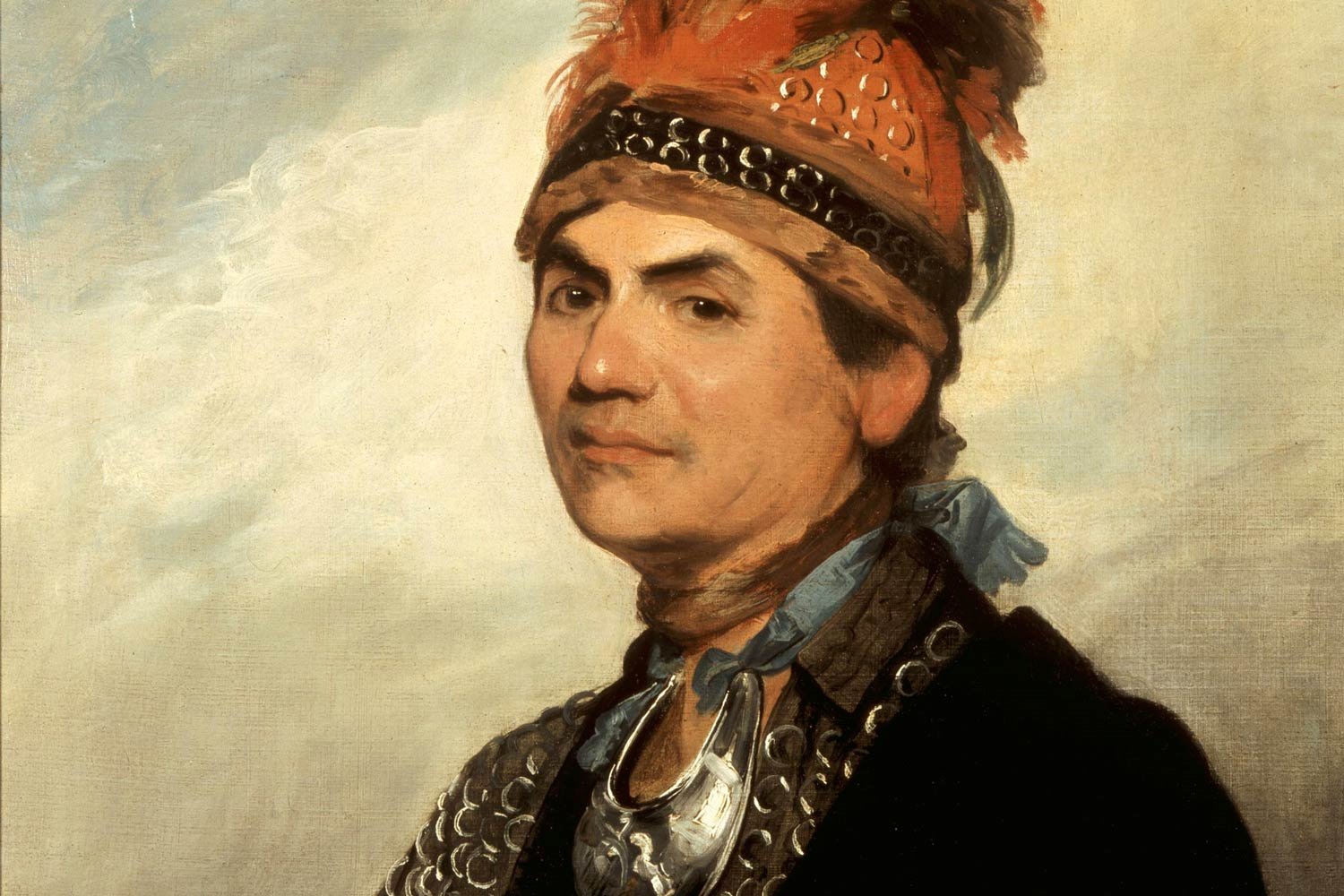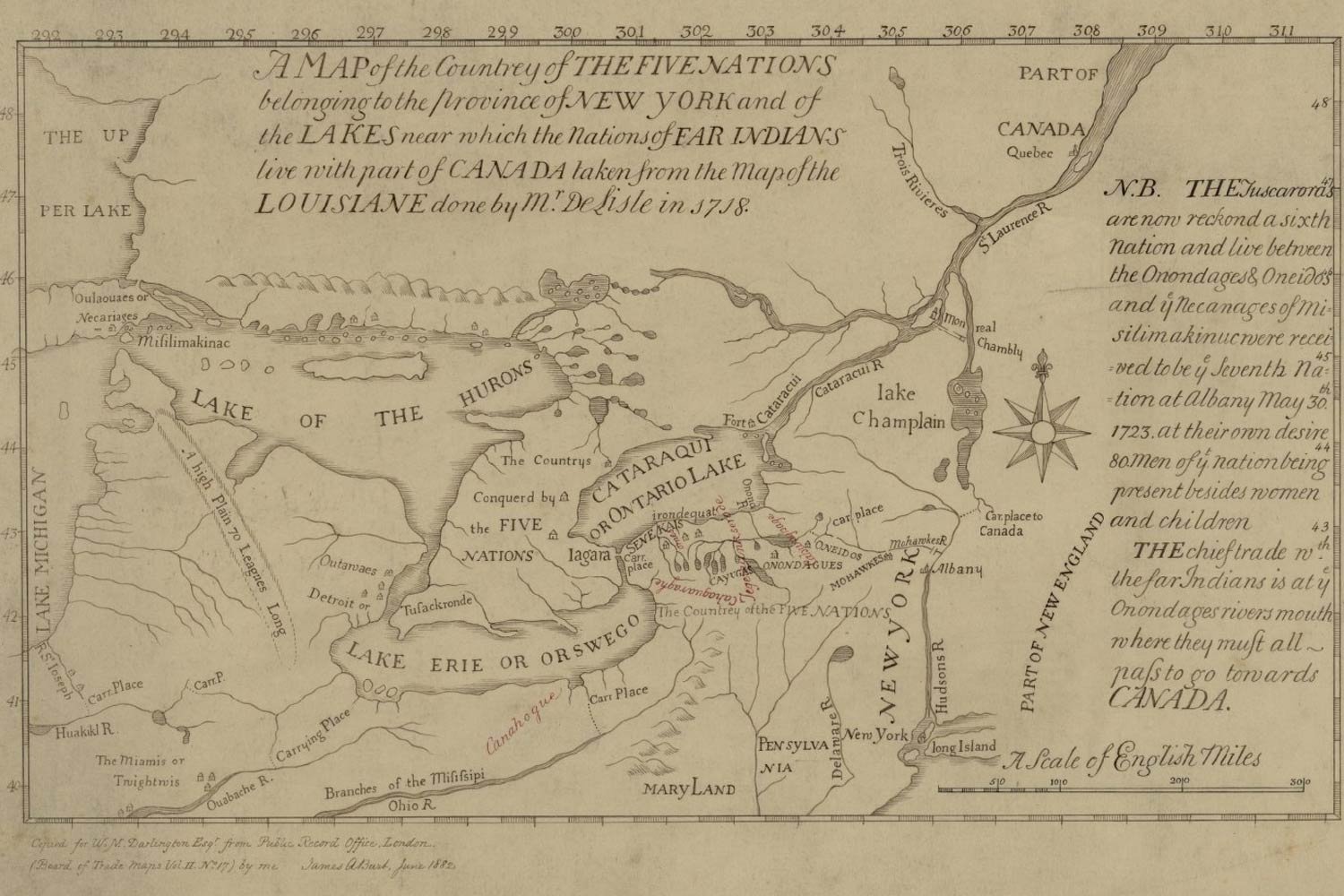The Iroquois Confederacy
When the American Revolution began, most of western New York, especially the Mohawk River Valley and the Finger Lakes region, was the dominion of the Iroquois Confederacy, comprised of six allied Indian tribes. The Confederacy’s greatest strength had always been their ability to stay united, which ended at the outset of the American Revolution when the Confederacy splintered apart with some tribes supporting the British and others the Americans. For the next eight years, raids and counterraids devastated much of western New York, resulting in a significant decrease in both the Native and European population.
Tom Hand, creator and publisher of Americana Corner, explores the changing dynamics within the Iroquois Confederacy, and why it still matters today.
Images courtesy of New York State Archives, The New York Public Library, Curt Teich Postcard Archives Digital Collection, Government of Canada, Library of Congress, Wikipedia.





By the spring of 1780, the bloody civil war in the Mohawk Valley had been raging for four long years. The suffering in the region was universal, having affected Loyalists, Patriots, and the Iroquois Confederacy. Despite the punitive Sullivan Expedition in the fall of 1779 which laid waste to the heart of the Iroquois homeland, the Loyalists and Indians were not vanquished.